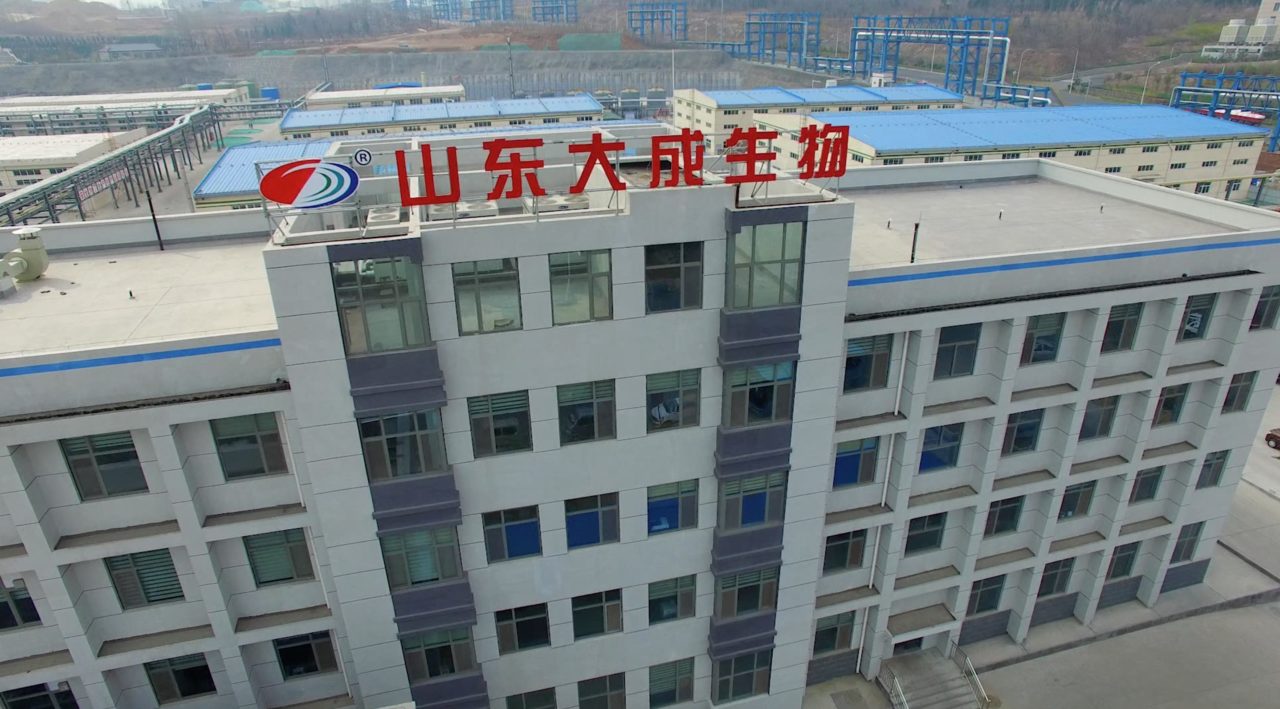Looking Out For Argentina
Before writing this article, it was strategically necessary to know how the amazing conflict between government and growers was going to end. It was a happy ending, not only for our business, but in my opinion, for the good of the entire country.
Briefly, the conflict started on March 11 when our president announced that the soybean export tax was increased from a fixed 35% to an unfixed 44% (moving with a table, with the possibility of a 50% tax if prices increased). The populist government said later that the money was going to build hospitals, schools, and roads. What you can be sure of is that in that case, roughly 5 millon hectares (Ha), were left out of the system. This situation produced a 125-day farmers strike with low quantities of food in the supermarkets. There was a strong social reclamation from farmers, common citizens, and opposing politicians, and the national Congress finally cancelled this law project.
Crops Outlook
Today, shortly after this new scenario — higher costs with better grain prices, same as last season — we are in a condition to say that we are going to have a good ag inputs campaign. It is true that we have 1.9 millon Ha less of wheat; what is not so clear is the part we can quantify to the government/grower conflict, and how much is part of the great drought experienced by all of the wheat area, as both occurred during the planting season.
Perhaps the soybean area could be the crop that will experience major area increase; not only because of last year’s trend, but because in the spring, soybeans could use a big part of the wheat area that was not used in winter — even as much as 1 millon Ha.
The international grain situation with food and biodiesel is a great moment for Argentine crops, and farmers know that they can’t lose this moment.
Macroeconomics Outlook
The Argentine macroeconomic situation is confusing. There are social problems such as inflation with a practically fixed US dollar controlled by the government, which generates increasing costs to reduce competitiveness. At the same time, there are energy problems with fuel, electricity, and increasing public expenses.
On the other hand, the state holds a federal reserve of almost US $50 billion, the economy is growing at 8% per year since 2002, and tax collection is growing, too.
In summary, both good and bad things are happening at the same time.
Farm Chemicals Outlook
The thinking of our marketing department is that we expect an increase of the local ag inputs market in the next campaign; the smallest part of this will be produced by area planted increasing, and the largest part because of higher generics prices. As everybody knows, generic prices are going up this year.
In Argentina, as is happening elsewhere, Chinese and Indian companies are growing market share year-by-year, and those with their own sales organizations are selling directly to dealers and farmers.
This is very common, since last year there were occasionally less quantities of different products in the market because of shipment deliveries. Some companies use this opportunity to do good business in those short periods. Nowadays, we have some of these problems with China, as ports are going to be closed during the Olympic Games.





